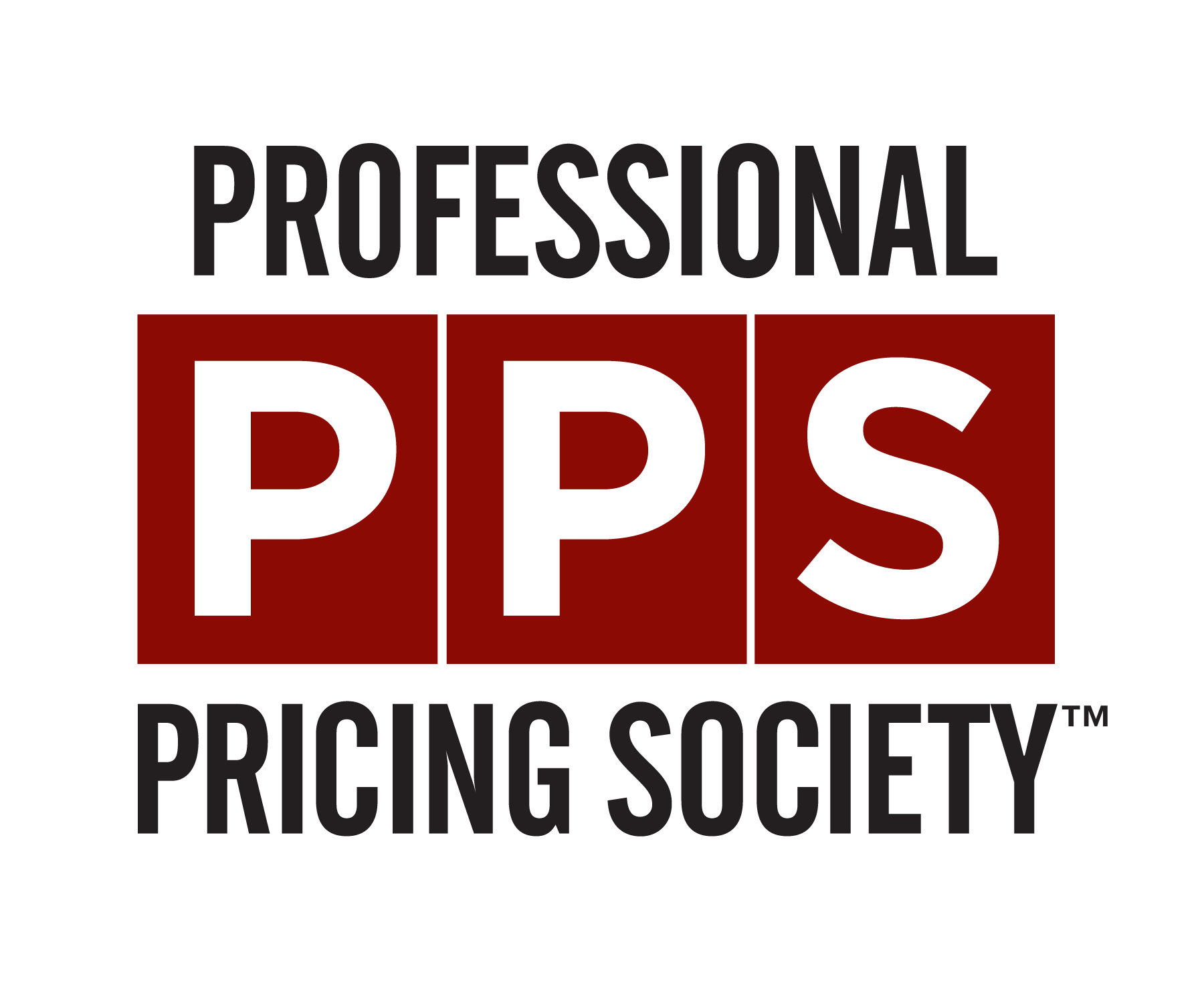
Author: Jose Mendoza
Image this: you walk into your favorite store, excited to pick up your go-to product, only to find the price has changed—again. Is it a sale? A mistake? Or is this just the new reality of shopping? Welcome to the era of dynamic pricing, where prices are constantly adjusted based on real-time data and algorithms. In today’s fast-paced retail world, sticking with static pricing models can leave your business behind. Embracing dynamic pricing not only keeps you competitive but also helps you meet ever-changing customer expectations.
Let’s dive into the different dynamic pricing frameworks and discover practical insights to help you find the best strategy for your business.
Why Dynamic Pricing Matters More Than Ever
Retail has evolved beyond simply offering the best products—it’s now about offering them at the right price, at the right time. Dynamic pricing allows retailers to adjust prices in response to market demands, inventory levels, and individual customer behavior, keeping them a step ahead in a highly competitive landscape.
The Shift from Static to Dynamic
Traditional pricing models often fall short in capturing subtle market shifts. Dynamic pricing, however, provides the flexibility and responsiveness retailers need to thrive. Here’s how it benefits your business:
Stay Competitive: Quickly respond to market changes and competitor moves.
Optimize Revenue: Adjust prices to match what customers are willing to pay.
Enhance Customer Experience: Offer personalized pricing that resonates with shoppers.
Exploring Key Dynamic Pricing Frameworks: Finding Your Perfect Match
Understanding different dynamic pricing models can help you choose one that fits your business goals.
Rule-Based Pricing
This model adjusts prices based on set rules, like time of day, stock levels, or competitor pricing—a bit like cooking with a recipe.
Pros: Easy to implement and understand; offers control over pricing.
Cons: Can be too rigid in fast-changing markets; may become complex with numerous products.
Recommendation: Great for beginners or smaller businesses. Start simple and add more variables as you gain confidence.
2. Demand-Based Pricing
Prices fluctuate based on real-time demand—think surge pricing on ride-share apps during rush hour.
Pros: Increases revenue during high demand; helps clear inventory during slow periods.
Cons: Frequent changes can frustrate customers; relies on accurate demand forecasting.
3. Competitive Pricing
Adjust prices based on competitors—a classic “keeping up with the Joneses” approach.
Pros: Keeps your offerings competitively priced; attracts bargain hunters.
Cons: Risk of price wars; may overshadow your unique value.
4. Price Optimization Algorithms
This model uses data to analyze customer behavior, market trends, and stock levels to find the ideal price.
Pros: Data-driven decisions boost accuracy; balances revenue and profit goals.
Cons: Requires technical know-how; higher setup costs.
5. AI and Machine Learning-Based Pricing
Using artificial intelligence to predict market trends and customer preferences allows highly personalized pricing strategies.
Pros: Learns and improves over time; offers tailored pricing experiences.
Cons: Can be opaque; raises questions about pricing fairness.
Overcoming Challenges in Dynamic Pricing
Dynamic pricing comes with its challenges, but with the right approach, you can navigate these hurdles effectively:
Data Quality and Availability
Challenge: Poor data quality can lead to bad pricing decisions.
Solution: Invest in solid data management systems and regularly audit data for accuracy.
Customer Trust and Perception
Challenge: Frequent price changes can make customers wary.
Solution: Be transparent about price adjustments and consider offering price guarantees or loyalty programs.
Ethical Considerations
Challenge: Pricing algorithms might unintentionally result in unfair pricing.
Solution: Set clear ethical guidelines and regularly review your algorithms for biases.
Choosing the Right Framework for Your Business
There’s no one-size-fits-all approach to dynamic pricing. Consider these factors when selecting your model:
Business Size and Resources: Smaller businesses might find rule-based pricing more manageable, while larger operations can benefit from AI-driven models.
Market Dynamics: Keep a close eye on competitors in highly competitive markets.
Customer Base: Understand how price-sensitive your customers are and adjust your strategy accordingly.
Key Takeaways:
Stay Flexible: Adapt your pricing strategy as your business and market evolve.
Data Matters: High-quality data is essential for effective pricing decisions.
Collaborate: Working across departments can enhance your pricing strategy
Want to Learn More?
Interested in transforming your retail business with dynamic pricing? Join us at the Professional Pricing Society (PPS) Conference in Las Vegas from October 22 to 25, 2024. Explore these frameworks in-depth, hear success stories, and learn about effective implementation strategies.

Comments